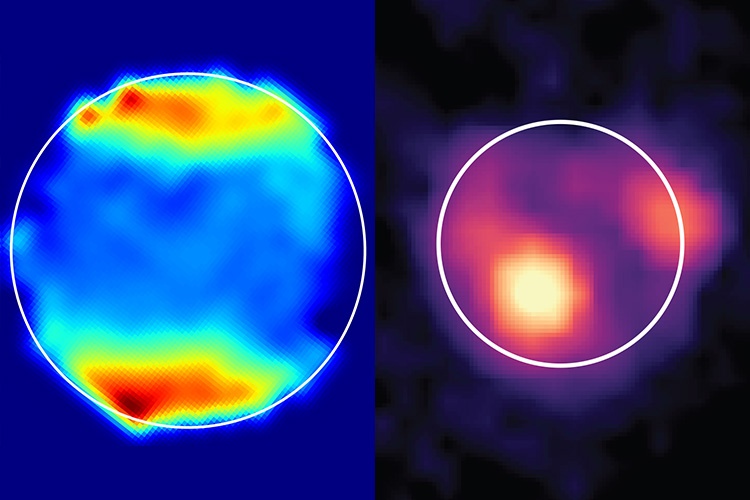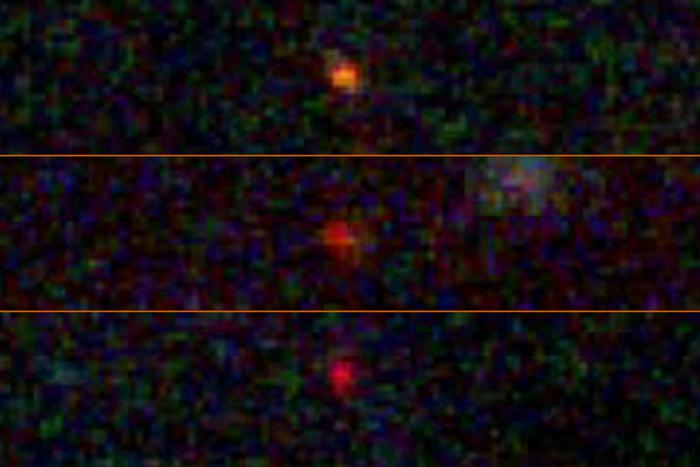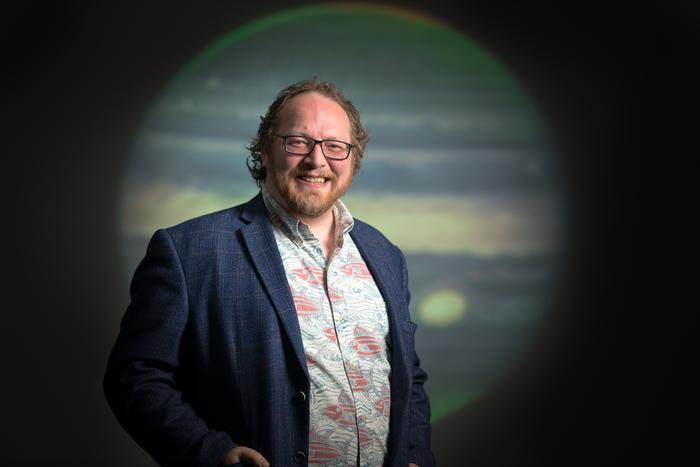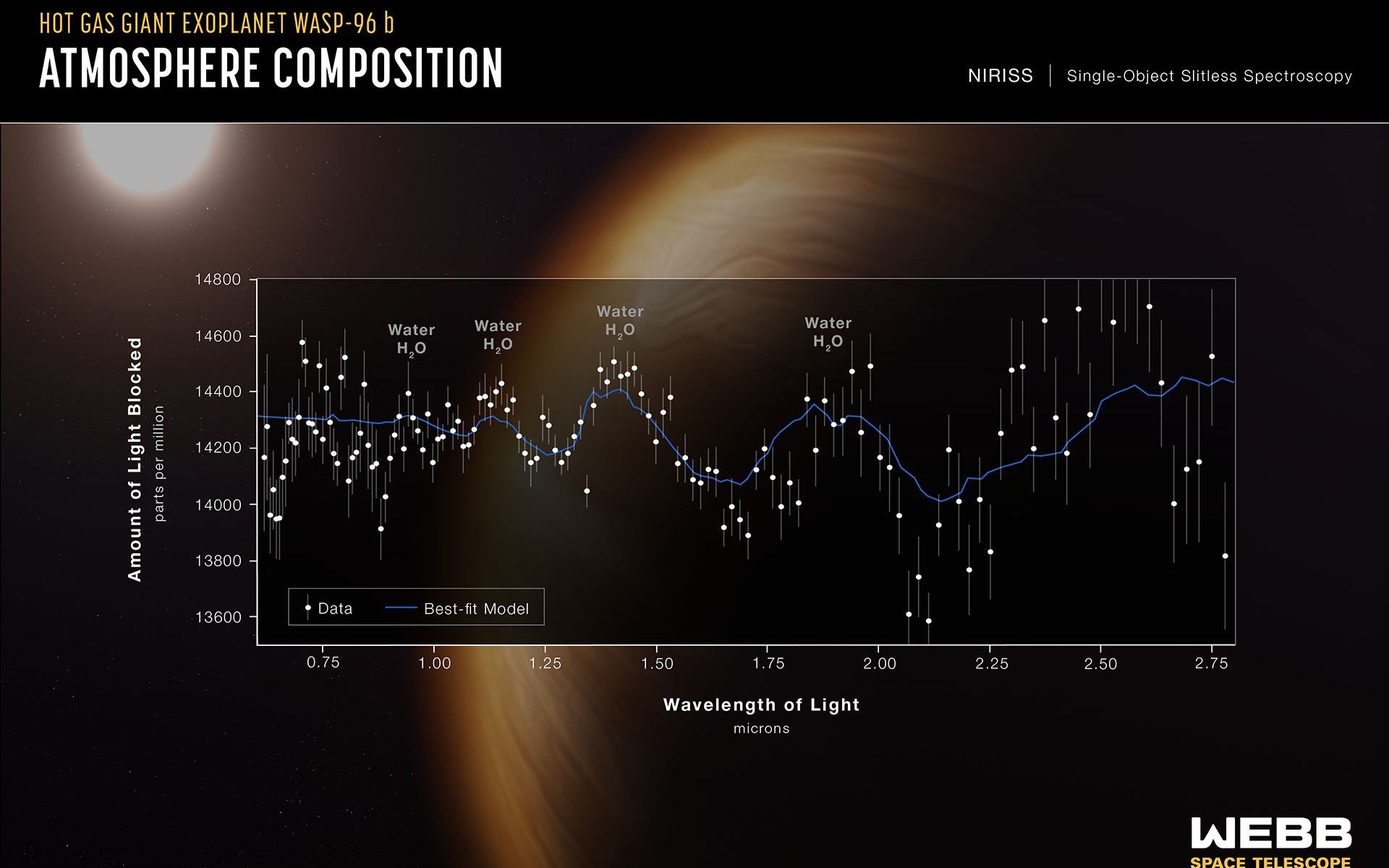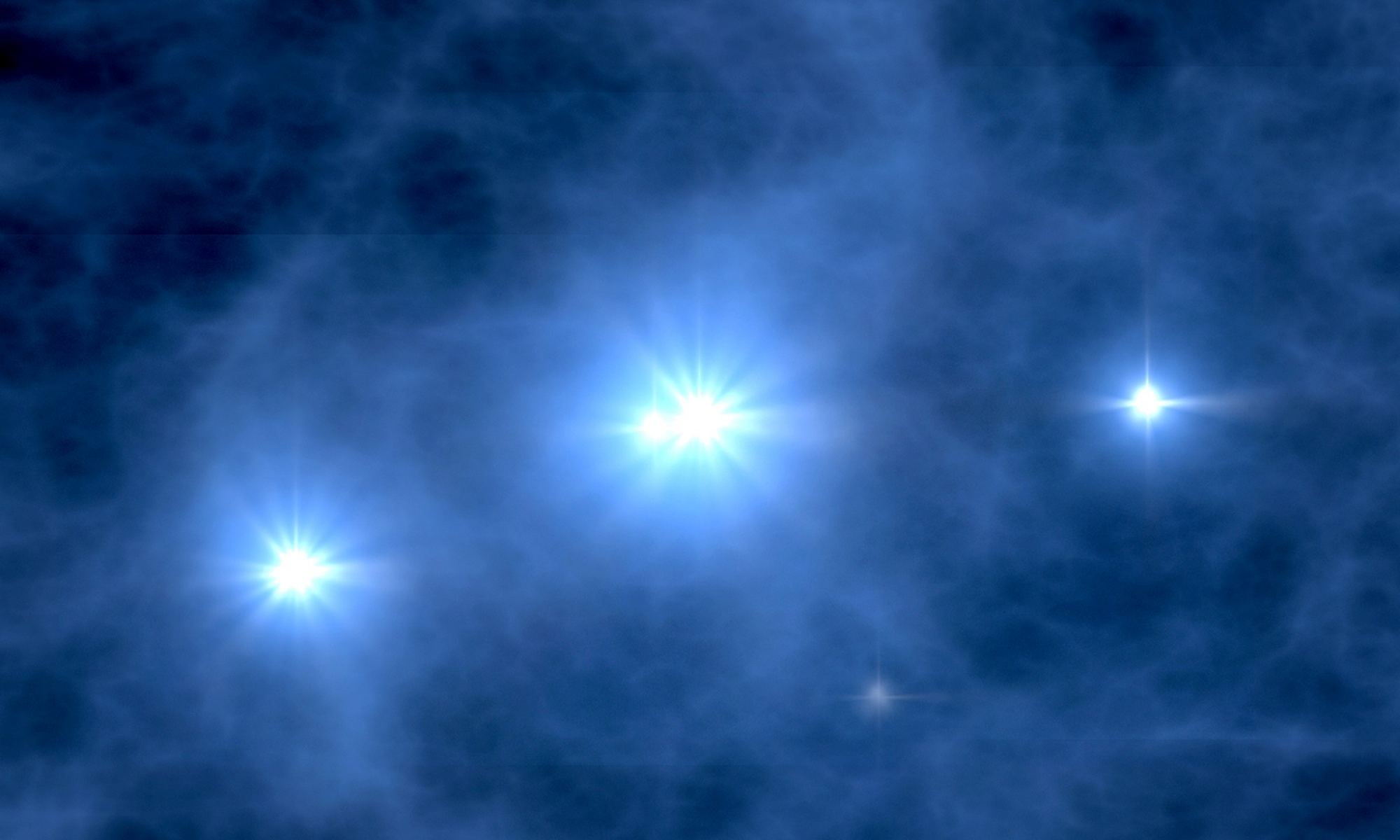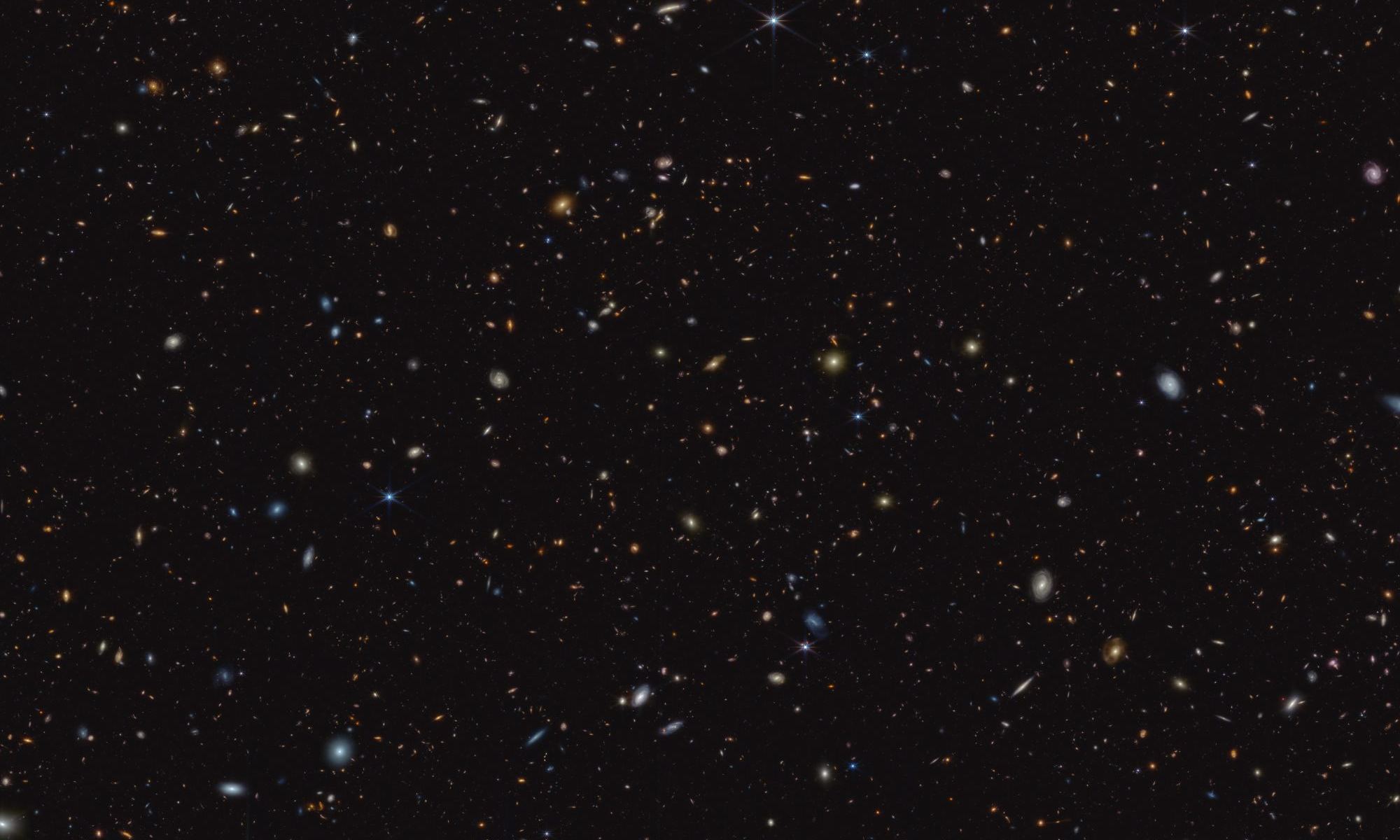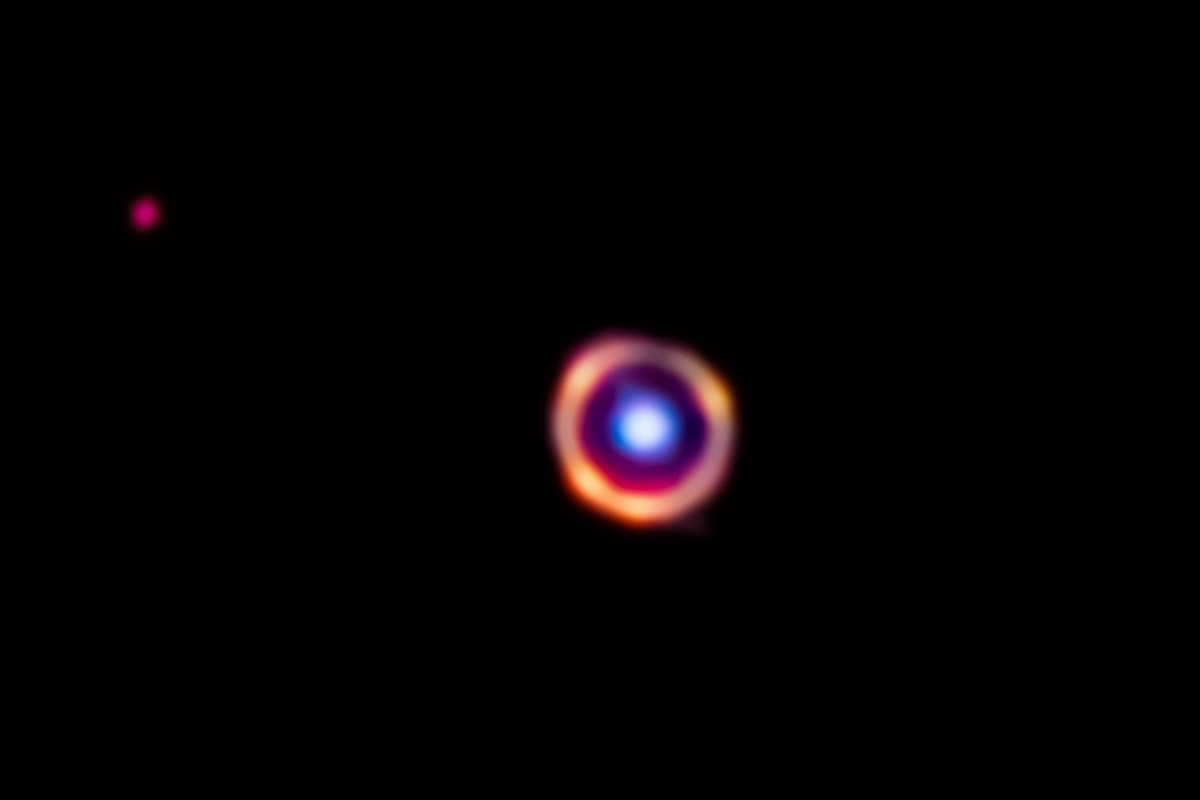A pair of studies published in JGR: Planets and Science Advances discuss new findings from NASA’s James Webb Space Telescope (JWST) regarding Jupiter’s first and third Galilean Moons, Io and Ganymede, and more specifically, how the massive Jupiter is influencing activity on these two small worlds. For Io, whose mass is about 21 percent larger than Earth’s Moon, the researchers made the first discovery of sulfur monoxide (SO) gas on the volcanically active moon. For Ganymede, which is the largest moon in the solar system and boasts twice the mass of the Earth’s Moon, the researchers made the first discovery of hydrogen peroxide, which exists in Ganymede’s polar regions.
Continue reading “Jupiter’s Moons Get the JWST Treatment”Jupiter’s Moons Get the JWST Treatment
